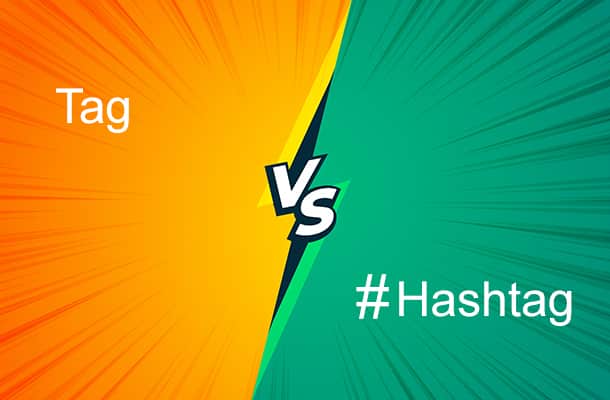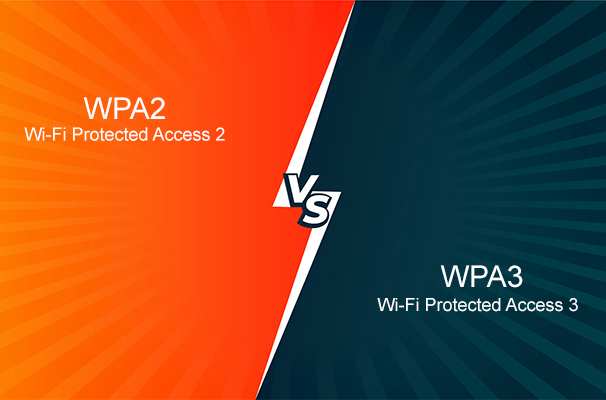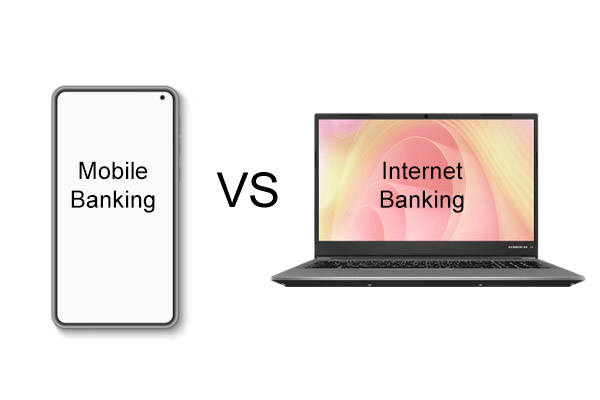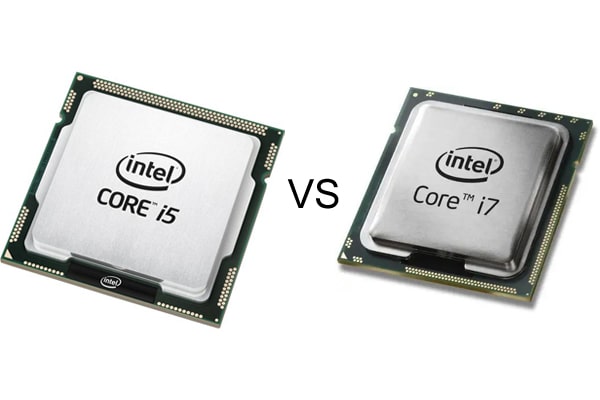In the digital age, receiving calls from unknown or masked numbers is a common occurrence that can be both frustrating and alarming. Understanding the difference between “Unknown Caller” vs “No Caller ID” can help you manage these calls effectively and protect yourself from potential scams. This article delves into the definitions, implications, and handling methods of these two types of calls, ensuring you are well informed and prepared.
What Does “No Caller ID” Mean
“No Caller ID” indicates that the caller has deliberately hidden their phone number. This can be done for various reasons, ranging from personal privacy to malicious intent. When a call comes through with “No Caller ID,” it means the caller has taken specific steps to block their number from being displayed.
Reasons for No Caller ID:
- Privacy: The caller wants to remain anonymous for personal reasons, such as calling a business without sharing their number.
- Business: Companies might hide their numbers during outbound sales or marketing calls to prevent recipients from calling back directly.
- Malicious Intent: Scammers or pranksters often use this feature to hide their identity and make it harder to trace the call back to them.
How to Handle No Caller ID Calls:
- Decline the Call: If you do not recognize the number or suspect it might be a scam, it’s safer to decline.
- Let It Go to Voicemail: Genuine callers will leave a message. Listen to the voicemail before deciding to call back.
- Block the Number: Use your phone’s settings to block calls from unknown numbers.
What Does “Unknown Caller” Mean
“Unknown Caller” indicates that the phone number of the caller was not provided to your carrier or was not recognized. This could be due to technical issues, international calls, or network incompatibilities.
Reasons for Unknown Caller:
- Network Errors: Technical glitches can prevent the caller ID from being transmitted correctly, leading to an unknown caller display.
- International Calls: Calls from certain international numbers may not be recognized by your carrier due to differences in how caller ID information is handled.
- VoIP Calls: Voice over Internet Protocol (VoIP) calls might not always transmit caller ID information correctly, resulting in an unknown caller display.
How to Handle Unknown Caller Calls:
- Answer with Caution: If you decide to answer, avoid sharing personal information until you can verify the caller’s identity.
- Hang Up: If the call seems suspicious, it’s best to hang up immediately.
- Use Call-Blocking Features: Both iOS and Android devices offer settings to block calls from unknown numbers.
Unknown Caller vs No Caller ID: Key Differences
While both “Unknown Caller” and “No Caller ID” make it difficult to identify the caller, they have distinct differences:
- No Caller ID: The caller has intentionally hidden their number by using a feature to block caller ID information.
- Unknown Caller: The caller ID information was not available or recognized due to technical issues, network incompatibilities, or international calling protocols.
Understanding these differences can help you decide how to handle each type of call appropriately.
Methods to Trace and Block These Calls
Tracing No Caller ID Calls
- Using Star Codes:
- *69: Dialing *69 can tell you the number of the last person who called you. This service has been available for decades and still works on many phone networks.
- *57: This code activates malicious caller identification, recording the call’s metadata for law enforcement. Use this if you receive a threatening or harassing call.
- Contacting Your Phone Company:
- Your service provider may offer call-tracing services or additional information about the caller. This could include detailed call logs that can be used for reporting to authorities if necessary.
- Using Third-Party Apps:
- TrapCall: This app can unmask blocked numbers and provide additional call-blocking features. It is particularly useful for revealing the numbers of persistent no caller ID calls.
- TrueCaller: This app identifies unknown numbers and blocks spam calls. It has a large database of known spam numbers and can be very effective in managing unwanted calls.
Blocking Unknown Calls
- On iPhone:
- Go to Settings > Phone.
- Select Silence Unknown Callers and toggle it on.
- On Android:
- Open the Phone app.
- Tap the three-dot menu and select Settings > Blocked Numbers.
- Toggle on Block Unknown Callers.
Reporting Scam Calls
- Federal Trade Commission (FTC):
- Visit the FTC’s Report Fraud page to file a report online. This helps the FTC track and take action against scam operations.
- Call 1-877-FTC-HELP (382-4357) to report a scam by phone.
- Local Law Enforcement:
- If you receive threatening or harassing calls, report them to your local police. Provide details such as the date and time of the calls. This information can be crucial for investigations and potential legal action.
- Protecting Yourself from Scams
- Do Not Answer Suspicious Calls: If you do not recognize the number, it’s best to let it go to voicemail. Legitimate callers will leave a message.
- Avoid Sharing Personal Information: Never share sensitive information over the phone unless you are certain of the caller’s identity.
- Use Call-Blocking Features: Utilize built-in or third-party call-blocking features on your phone.
- Educate Yourself on Common Scams: Familiarize yourself with common phone scams to recognize and avoid them.
How to Identify No Caller ID and Unknown Callers
Reverse Phone Lookup Services:
- CocoFinder
- NumLooker
- WhatIsThisNumber
- USPhoneLookup
- USPhoneSearch
- PhoneNumberLookupFree
- Number-Lookup
- WhoseNumber
These services can help you identify unknown callers by searching databases for information associated with the number.
Using Social Media and Search Engines:
- Post the number on social media platforms like Facebook or Twitter to see if anyone can help identify it.
- Use search engines like Google to look up the number and see if it has been reported as a scam or spam number by others.
Call Tracking and Analytic Tools:
- Star Codes:
- *69: Reconnects you with the last number that called you.
- *57: Records the call information for reporting to authorities.
Pros and Cons of “Unknown Caller” and “No Caller ID”
- Pros:
- Anonymity: Both can be used to maintain privacy and anonymity, which can be useful for individuals or businesses in certain situations.
- Security: In some cases, hiding the caller ID can help protect the caller’s identity for legitimate security reasons.
- Cons:
- Difficulty in Identifying Callers: It can be challenging to identify who is calling, which can lead to missed important calls or increased anxiety about potential scams.
- Potential for Scams: Both types of calls can be used by scammers to hide their identity and carry out fraudulent activities.
- Interruptions: Frequent unknown or no caller ID calls can be disruptive and annoying, affecting your daily life and peace of mind.
Tips for Handling Unknown vs No Caller ID Calls
- Use Voicemail Effectively: Let unknown calls go to voicemail and review the message to determine if it’s a legitimate call.
- Set Up Call Filters: Use your phone’s call filtering options to automatically block or silence calls from unknown numbers.
- Report Suspicious Calls: Always report suspicious calls to the appropriate authorities to help prevent others from falling victim to scams.
- Educate Friends and Family: Share tips and strategies with friends and family to help them handle these types of calls safely.
- Stay Informed: Keep up-to-date with the latest scam tactics and methods for protecting your personal information.
Advanced Techniques for Managing Calls
- Using Phone Features:
- Call Forwarding: Forward calls from unknown numbers to a secondary number or voicemail.
- Do Not Disturb Mode: Use this mode to allow calls only from known contacts while blocking all other calls.
- Utilizing Security Apps:
- Call Control: This app offers advanced call-blocking features, including a community blacklist that automatically updates with known spam numbers.
- Hiya: Provides caller ID and call-blocking features, along with a database of spam numbers.
- Seeking Professional Help:
- Telecom Service Providers: Contact your service provider for additional options to manage and trace unknown or no caller ID calls.
- Legal Advice: If you are experiencing harassment or persistent scam calls, seek legal advice to understand your rights and options for legal recourse.
Final Words: Unknown Caller vs No Caller ID
Understanding the nuances between “Unknown Caller” vs “No Caller ID” is crucial in managing your phone calls and protecting yourself from potential scams. By using the methods and tips provided, you can better handle these calls and ensure your privacy and security are maintained. Whether you choose to block these calls, trace them, or report them, being informed is your first line of defense against unwanted and potentially harmful phone calls.
By taking proactive measures and utilizing available tools and resources, you can minimize the impact of these disruptive calls on your life. Stay vigilant, informed, and prepared to handle any unknown or no-caller ID calls that come your way.





